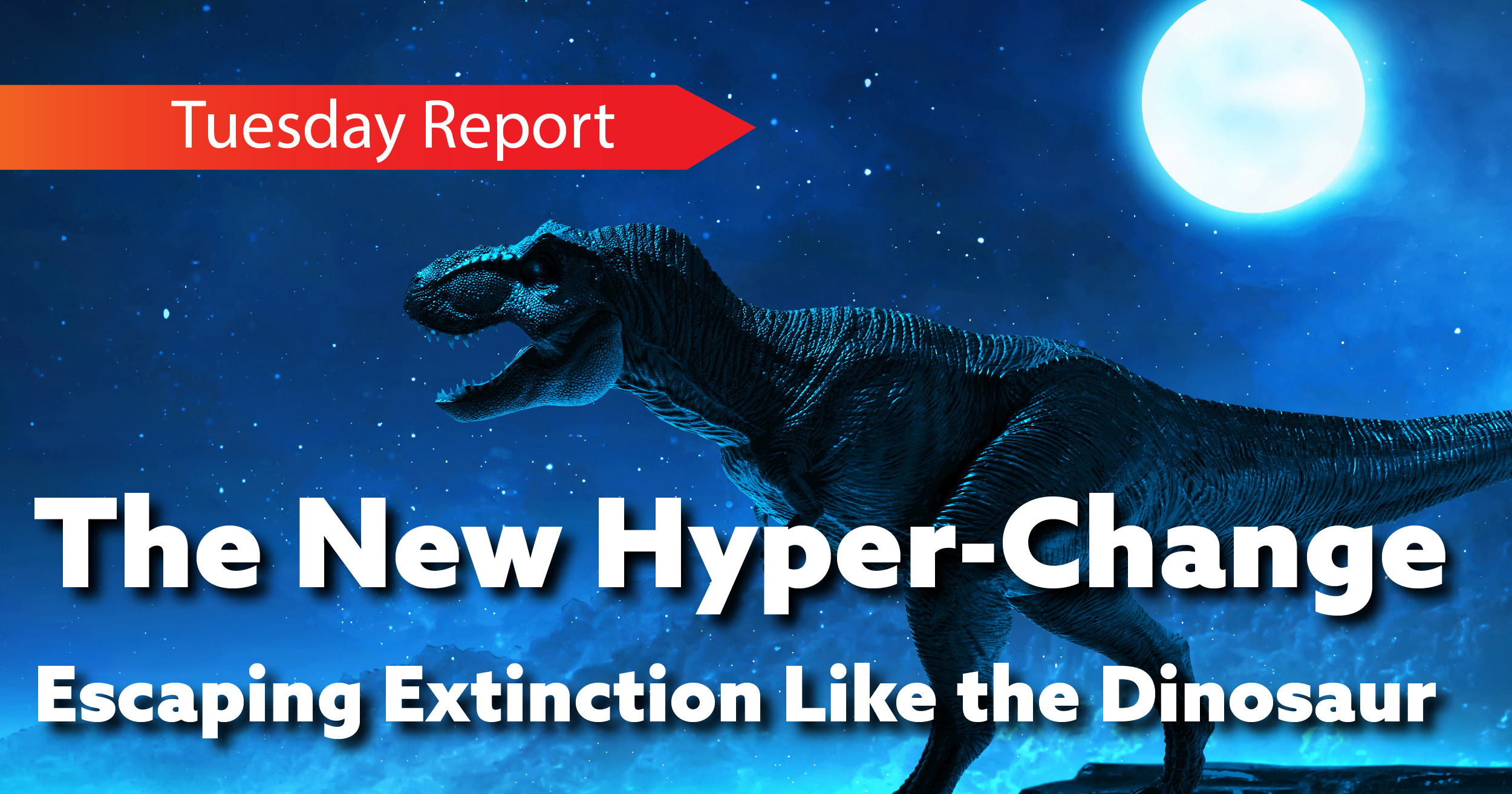Working remotely from home in a pandemic–with technology that doesn’t always work–can be tough. It can make days that glom together seem like a long, never ending slog. It can feel like rowing a kayak down a fast moving river through white rapids–with a broken broom stick. It takes a new agility, moving into waters where we’ve never been before.
When I think of agility I think of Shaquille O’Neal. He had an unheard of physique for a professional basketball player, totally unsuited for the game. At 7’1″ and 325 lbs., nonetheless, he was no lumbering Goliath–Shaq was fast and highly intelligent in his career with 6 separate teams. He had the size of a whale with the poise and movements of a ballet dancer. This is agile.
So how agile am I? It’s all about agility when I think about what has to happen in my organization even with difficulties we’ve never dreamed of.
Agility is way more important than fast. Fast is breaking the record for getting from here to there. Agility is breaking the laws of probability by getting to the goal while dodging obstacles, whizzing past unbelievably skilled competitors, and suddenly having the whole course of the race changed from climbing mountains to leaping over canyons.
Scrum planning, with critically important objectives fired by short sprints, began as a software project development strategy during the early 90’s, At that point the speed of change made traditional project planning with fixed, unchanging milestones obsolete. Today, working with remote teams that must coalesce to perform miracles is a challenge we hadn’t even thought about then.
Should You Consider Agile for Your Organization?
Should you consider Agile for your organization? Agile process is now applicable to almost every kind of traditional organization. The reason that the agile process applies to most businesses is that most important projects and processes are now driven by technology. Traditional businesses like banks and insurance companies generally work the way they did a hundred years ago–the difference is that they will survive in the post pandemic world to the extent they can translate their services to online versions.
Here are some of the counter intuitive ways we’ll be looking at pandemic planning and project management in 2020.
- The Endgame is Everything–the Final Goal is a Moving Target. Agile process requires keeping focus on the situation on the ground. Goals emerge and are never static. New technology, competitors, and innovative approaches can cause the original product vision to be obsolete early into the projects. The end goal may change close to the very beginning. Agility requires continuous adaptation to what is going on in the marketplace—some of the huge threats we’re seeing, even in this pandemic, now will become sudden opportunities for agile organizations. Agility requires modifying the goal to fit the opportunity on the ground.
- Finding Out You’re on the Wrong Track is Great. Finding out early on that the whole project you’ve planned is basically on the wrong track–like putting up the ladder up to the wrong wall–used to be a calamity from which no team recovered. Finding out early that the project needs to be redirected can give an agile team the ability to quickly recoup the time and the resources spent and get on the right track.
- Milestones can be changed or moved. In traditional planning, milestones are like lighthouses that guide the ship through treacherous waters. In agile planning the lighthouses themselves can become dangerous objects if they cannot be moved. In agile, the end product is the only thing of which we can’t lose sight. We must see and shift everything else.
- Short sprints are key to the long haul. Short sprints. not long trudges, makes work relevant to the moment. Two to four week sprints give the opportunity to complete a limited set of critical objectives that make actions sync to the goal.
- Transparence is the centerpiece of agile action. The team must stay connected at the micro level for all actions to connect to each other. Agile works only with a team of connected, competent, and intelligent team members. If members communicate and are transparent, difficulties are quickly solved and teams become able to come up with innovative and creative breakthrough solutions.
- Virtual Meetings are Critically Important to Agile and Emails Must Take a Supporting Role. In the last decade the obsession against meetings has become a great obstacle to becoming agile. An effective meeting can cut written processing time to a fraction.
Meetings must be crafted with carefully boundaries. Meetings should be often–at least once a week or more. They should be short–the optimal length is 15 minutes, not to exceed 30 minutes. Email with endless recipients with long strings have become breeding grounds for trips into dark allies and lead to serious mistakes. We have lost significant time to completion, along with serious sums of money because of misunderstandings that become worse with long email strings where everyone misses each others’ points, but could have been solved with minimum time and effort with a meeting. - Midcourse Adjustments Must be Constant to Agile. The question to ask post pandemic is not, “Are we on course?” but “Are we on the right course?” The North Star of agile planning is a product or service that sweeps the marketplace. The outcome is the product, not the process.
- Beware of Planning Technology that Traps Results. Agile is the enemy of irrelevant process. Daily if not more often there is a new app that everyone loves that organizes your time and effort through a complex set of added steps that add no value and kills agility. The true friend of agility is the person who clears project backlog and takes the team toward creating the product. Apps that are supposed to organize you can ultimately drag you down in process. Everything that has a learning curve and a password is suspect. Finding the quickest way forward and communicating it to the team is central.
The principles of Agile has become important to organizations across the world as business emerges—especially now with everything done online. Agility in a post pandemic world will look very different under the new normal. Never doubt that speed will increase and agility will determine success and survival. Agile grows out of how we all work best from wherever we are. It allows us to work with the speed of our own energy. It cuts bureaucracy to a minimum and empowers people to be their freest and best. Agile achieves the goal.






